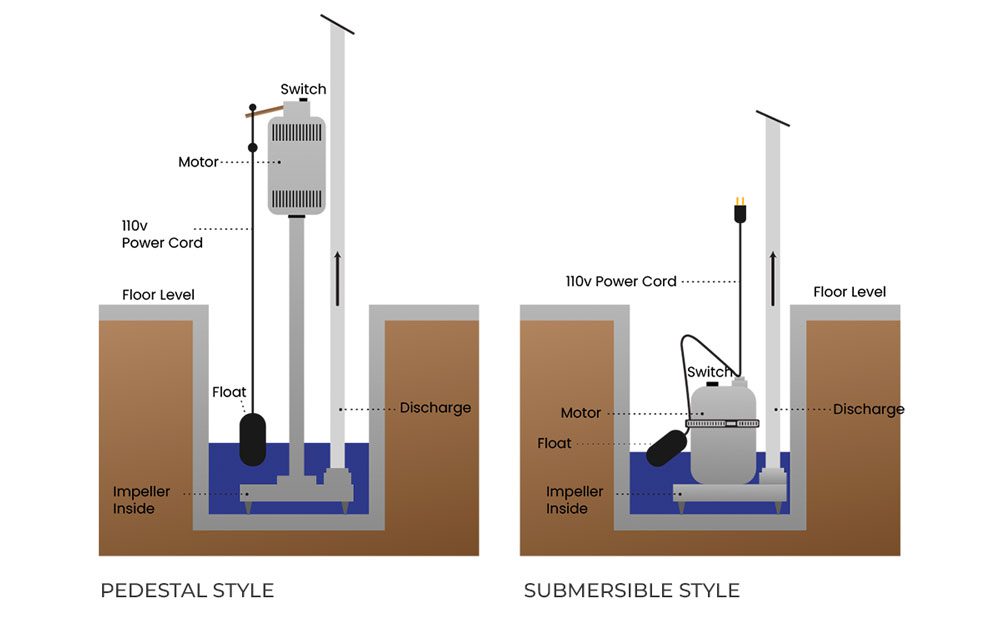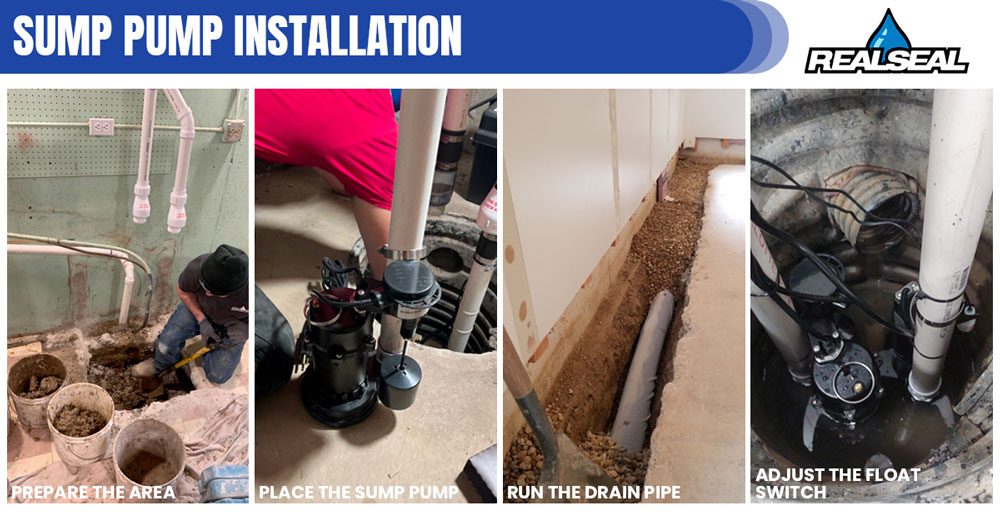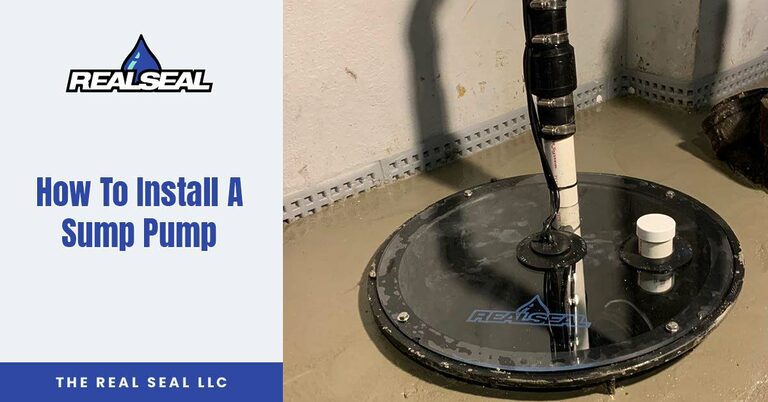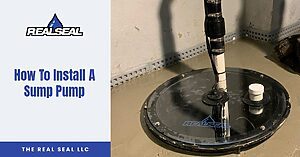Water may be the source of life, but it can spell disaster for a homeowner when it comes to uncontrolled flooding. A sump pump is a heroic fixture in this narrative, standing guard in the lowest part of your house to keep your basement dry and protect the structural integrity of your home. Whether you’re combatting persistent dampness, anticipating heavy rainfalls, or simply being proactive about flood prevention, installing a sump pump is a smart move. In this blog post, we’ll guide you through the steps of choosing the right sump pump for your home and tackle the nitty-gritty of installation. Don your DIY cap – it’s time to ensure your living space remains dry, comfortable, and flood-free.
Sump Pump Types: Which Should You Choose?
Before going through the steps to install a sump pump, you must choose the right sump pump for your needs. There are two basic types to choose from.
- Submersible Sump Pumps – A submersible sump pump is a waterproof pump that sits below the water level in the sump pit. They are often used because they are easy to hide from sight and are very efficient at pumping water. These are the preferred pumps to use.
- Pedestal Sump Pumps – Pedestal sump pumps sit above the water in the sump pit. However, they make a lot of noise and don’t pump water as efficiently as submersible pumps.

Step-by-step Guide To Installing A Sump Pump
- Prepare The Area – Having the area fully prepared will allow installing the sump pump to move ahead quickly. This includes cleaning the sump pit and the area surrounding it. This would enable the pump to be installed and to operate without interference.
- Place The Sump Pump – Place the sump pump in the middle of the pit. If you have a battery backup to install as well, place them so they are as centered as possible so the float switch can run clear without getting stuck against the side. If you need to raise one pump up, use a brick or block.
- Run The Drain Pipe – The drain pipe will carry the water from the sump pit to an area away from the foundation. After running the drain pipe, it should be attached to the sump pump. Use a check valve so the water doesn’t run back into the sump pit after the pump stops working.
- Adjust The Float Switch – After everything is in place and tested, you should adjust the float switch. The float switch will float on the water in the sump pit and activate the sump pump when it reaches a predetermined level. This level should be beneath the inlet of the pipes for the Drain Tile. This will keep the system clear and functioning correctly.
For more information, check our blog post on sump pump maintenance.

Although installing a sump pump is relatively straightforward, understanding how to install a sump pump goes beyond the basics. It also involves making sure you comply with any local regulations.
Everything is set up correctly when you use The Real Seal to install a sump pump. We will ensure that local regulations are followed and the right choices are made so the pump works every time. Plus, you also get our warranty.
The Benefits Of Installing A Sump Pump Cover
A sump pump cover is an optional accessory for a sump pit and pump. It covers the sump pit opening, allowing water to be pumped out of the pit while offering protection from the hole in the floor. A sump pump cover for a submersible sump pump will fully cover the opening to the sump pit. It is installed flush with the floor and offers seamless protection for the sump pump opening.
There are also sump pump covers for pedestal sump pumps, but they aren’t as easy to fit in place. Since a pedestal sump pump is partially located above the level of the sump pit, it cannot be fully sealed.
In either case, the sump pump cover offers benefits, including the following:
- Protects the Opening – There have been instances when pets or children have fallen into a sump pit, at times with tragic consequences. Covering the sump pit keeps things from falling in.
- Stops Insect Infestations – The standing water in a sump pit is the perfect breeding ground for mosquitoes and other insects. Covering the sump pit keeps this from occurring.
- Reduces Noise – Some sump pumps can be loud when they run, especially in the middle of the night. Covering the sump pit helps to dampen the sound of the running pump.
- Reduces Humidity – One benefit of having a drain tile system and sump pump in place is that it reduces moisture in the basement. Covering the sump pit achieves a similar goal by reducing evaporation.
Why Every Sump Pump Needs A Battery Backup
Installing a sump pump is a vital step in keeping your basement dry. As the water level rises in the sump pit, it is pumped out and away from the home using the sump pump. It happens every time it is needed, day or night.
One factor that should not be overlooked is that the pump will likely run more frequently during a storm. If the water is coming into the sump pit fast enough, the pump might run continuously. The problem is that, during a storm, you are more likely to experience a power outage. When that occurs, you want a battery backup system in place so the pump continues running, even with the power off. Some sump pumps come complete with a battery backup system, but options are available for adding a battery backup to an existing sump pump.
If you’re in Chicagoland and have any questions about installing a sump pump or what a sump pump can do for your home, contact The Real Seal. We can provide you with all of the answers you need and offer a free estimate so you can get the job done right.







2 Responses
I have a question on your sump pump system. The question I have , do you drill a tiny hole in the discharge side above the the check valve?
Your company had installed two new pumps and installed a new sump pump pit ,a few years ago. Thank you for taking the time to read this email.
Hello Nick!
Not above the check valve, no. That would spray water all over your basement. The bleeder hole is right above the sump pump, below the check valve, below the sump pit lid.